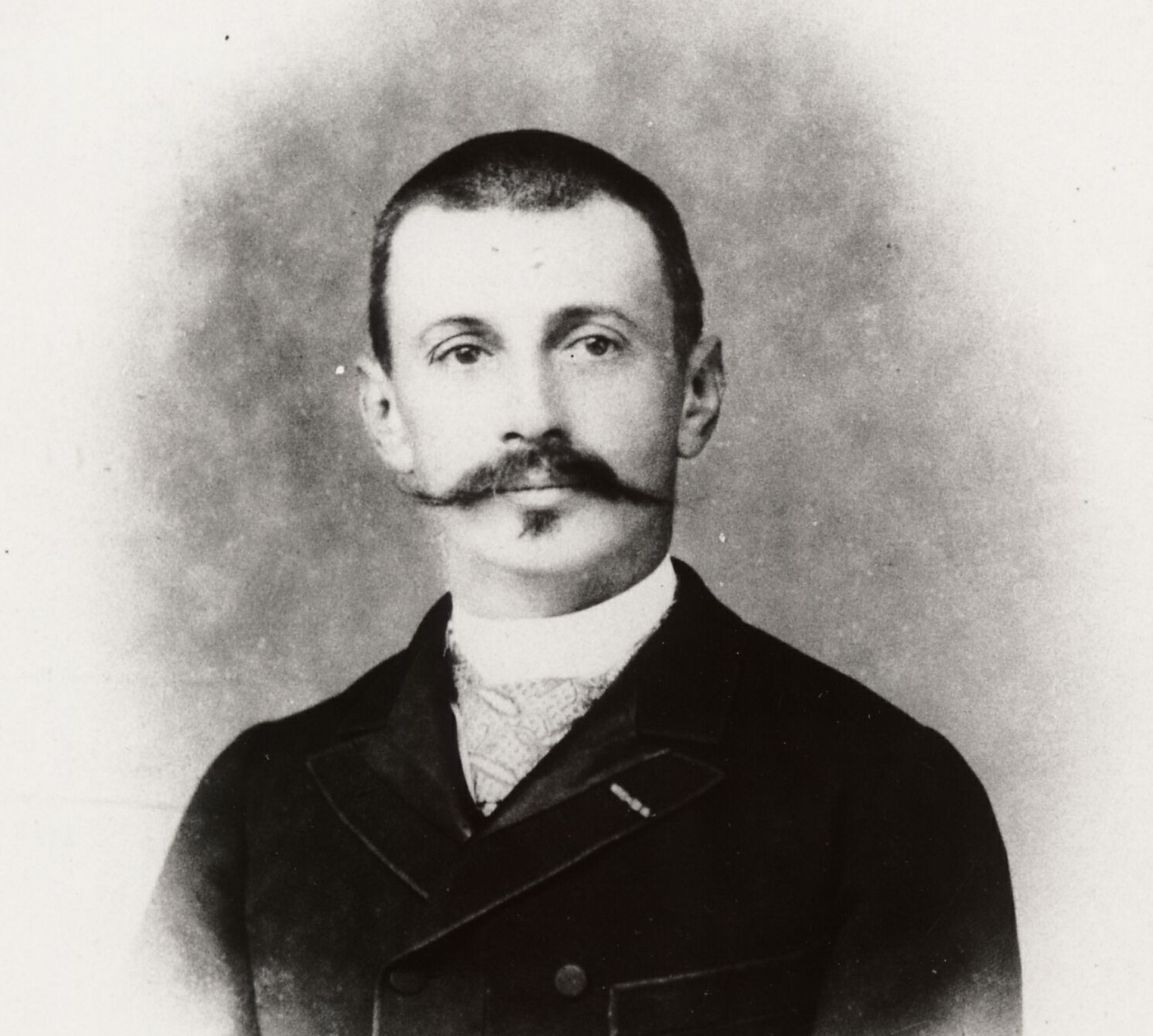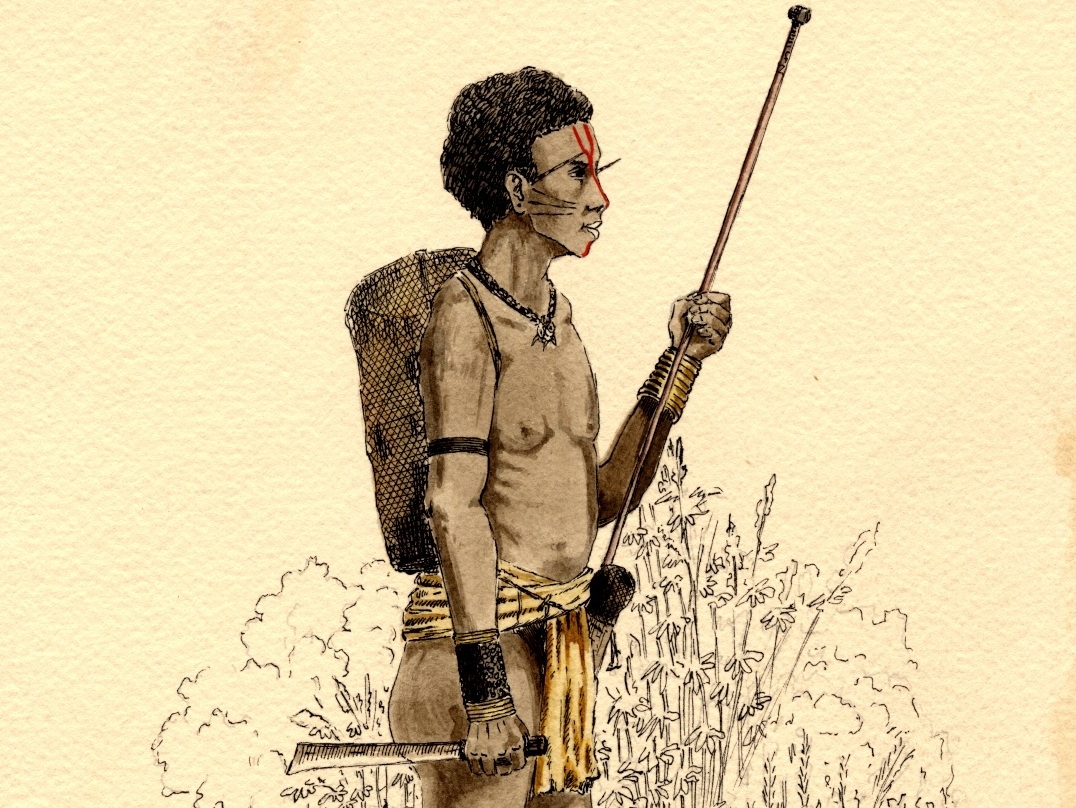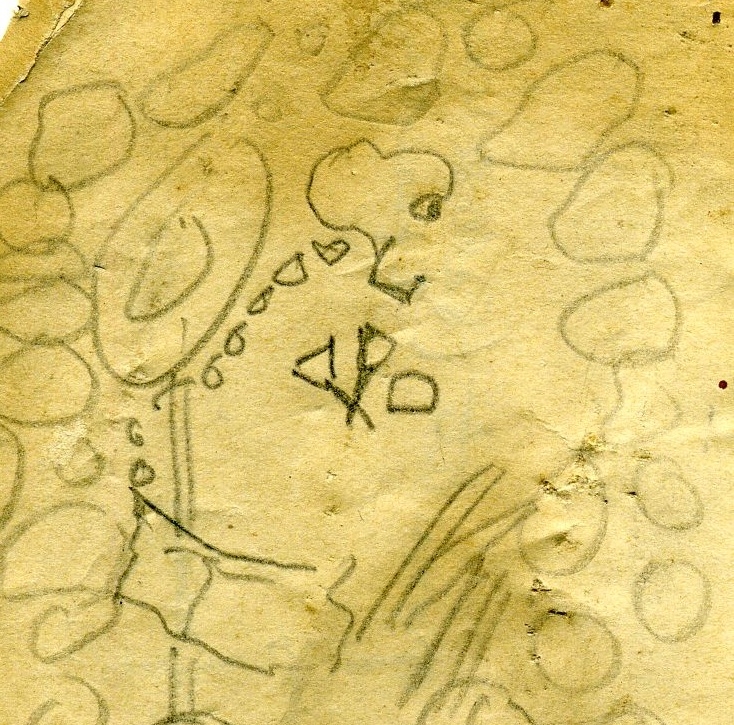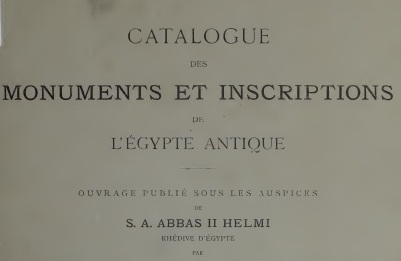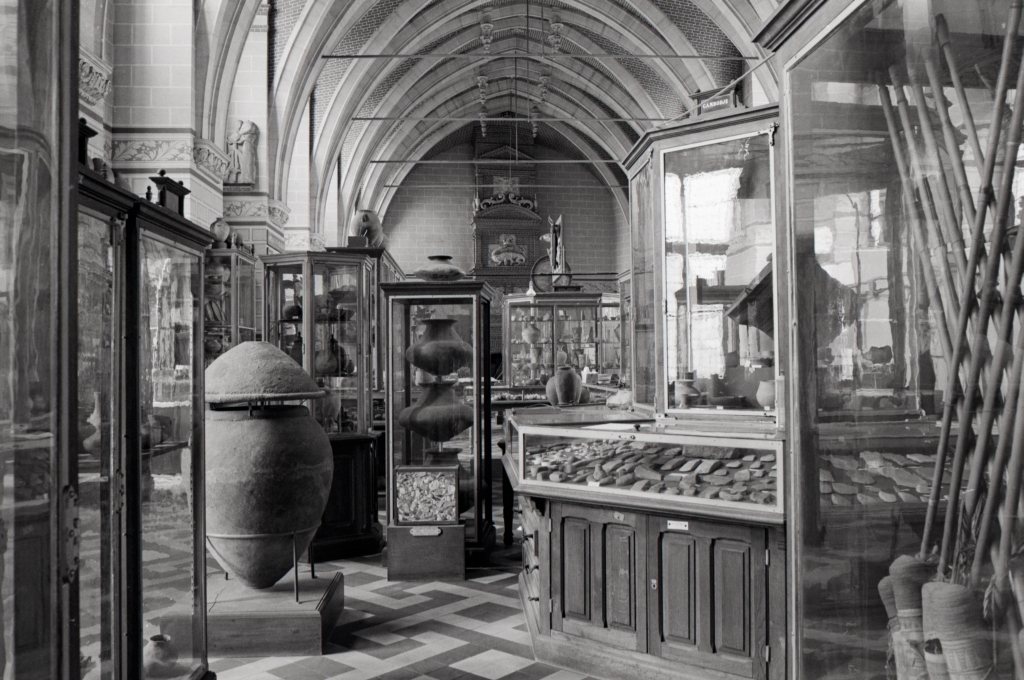Jacques de Morgan
Jacques de Morgan was a 19th century explorer and archaeologist who worked in Malaysia, the Caucasus, Egypt and Iran. His main work revealed the existence of a civilisation before the pharaohs, and paved the way for the recognition of Oriental Prehistory.
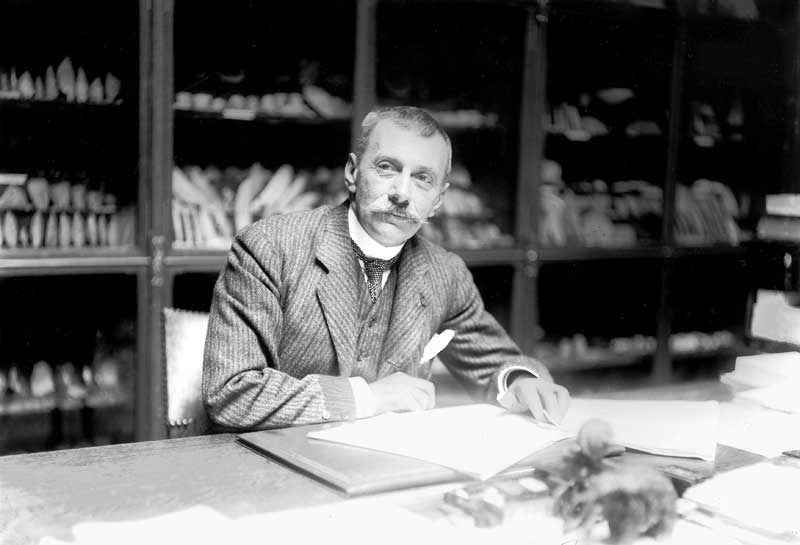
Born in 1857 into an aristocratic family that had fallen on hard times, Jacques de Morgan studied at the École des Mines engineering school. However, motivated by necessity and personal interest, his career took a different turn.
A 19th century explorer
After graduating as an engineer from the École des Mines, Morgan was sent abroad on business. However, circumstances led him to explore the regions he was travelling through, starting with Malaysia, where he observed the habits of forest hunter-gathers, and then the Caucasus, where he searched for the remains of past civilisations. He steadily abandoned mining for a career in archaeology.
Becoming an archaeologist
Morgan discovered several protohistoric necropoles in the Caucasus. He developed excavation methods, illustrated his discoveries, took notes and collected artefacts with a view to publishing the results and his observations. More than an adventurer, Morgan did much to develop the science of archaeology. Recognised by the archaeological community of his time, he was made responsible for managing antiquities in Egypt and Persia, now Iran.
Research into oriental prehistory
Appointed head of the Service des Antiquités de l’Égypte, Morgan carried out fieldwork on several sites, including Nagada, enabling him to prove that a hitherto unknown civilisation had existed before the pharaohs. Transferred to Persia, Morgan excavated the impressive archaeological site of Susa in an attempt to prove the oriental origins of Egyptian prehistory. Although he failed in his quest, he did bring to light the brilliant Elam civilisation, of which Susa was the capital.
A major donor to the Musée d’Archéologie nationale
As a member of the scientific community, Jacques de Morgan maintained good relations with the Musée d’Archéologie nationale, with which he kept up a lively correspondence. He naturally chose to bequeath most of the oriental archaeological and ethnological artefacts he had collected during the course of his life to the museum. His donation enabled it to create a comparative archaeology room with artefacts from five continents. Open to the public, the room continues to display objects from Morgan’s collections.


